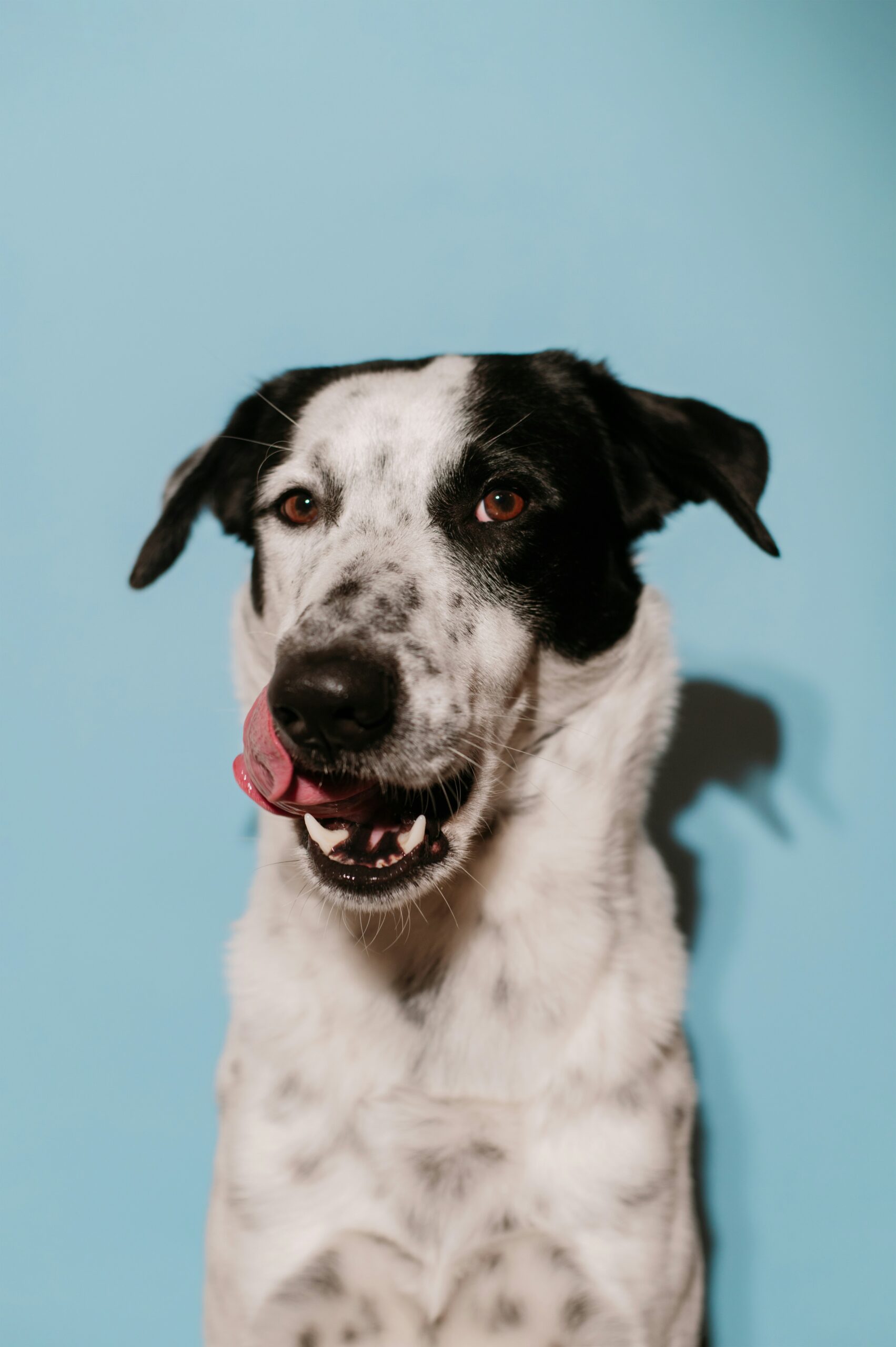Understanding your dog’s body language is crucial for building a strong bond and ensuring their well-being. Dogs communicate with us in various ways, and learning to interpret their signals can lead to a happier and safer environment for both you and your furry friend.
Decoding Dog Body Language
Dogs use a combination of facial expressions, body posture, and vocalizations to communicate. By observing these signals, you can gain insights into their emotions and intentions.
Facial Expressions
One of the most telling parts of a dog’s body language is their face. A relaxed and happy dog will have a slightly open mouth, soft eyes, and ears in their natural position. On the other hand, a dog showing stress or aggression might have a tense face, lip curls, or a hard stare.
Body Posture
Body posture is another key indicator of a dog’s mood. A confident and relaxed dog will have a loose stance with a wagging tail. Conversely, a dog feeling threatened may crouch low to the ground or puff up to appear larger.
According to animal behaviorists, understanding these subtle cues can prevent potential conflicts and enhance communication between you and your dog.
Tails and Ears
A dog’s tail and ears are expressive tools. A wagging tail doesn’t always mean happiness; the wag direction and speed can indicate different emotions. Ears perked up might mean curiosity or alertness, while ears pinned back could signify fear or submission.
Common Dog Body Language Table
| Body Part | Relaxed | Anxious | Aggressive |
|---|---|---|---|
| Eyes | Soft | Darting | Hard Stare |
| Mouth | Slightly Open | Licking Lips | Lips Curled |
| Ears | Neutral | Back | Forward |
| Tail | Wagging | Tucked | Brisk Wagging |
| Body | Loose | Crouched | Puffed Up |
| Vocalizations | Quiet | Whining | Growling |
| Paws | Calm | Paw Lifting | Stomping |
| Overall Stance | Relaxed | Cautious | Stiff |
Tips for Interpreting Dog Body Language
- Observe the entire context, not just one signal. A wagging tail could mean different things depending on other body signals.
- Consider your dog’s breed traits; some breeds have specific ways of expressing emotions.
- Spend time with your dog to learn their unique communication style.
Pro Tip:
Always approach a new dog slowly and observe their body language before interacting. This minimizes the risk of misunderstandings.
Conclusion
Understanding dog body language is an essential skill for any responsible dog owner. By paying attention to your dog’s signals, you can create a more harmonious relationship and ensure their comfort and safety.
FAQs
How can I tell if my dog is stressed?
Signs of stress in dogs include lip licking, yawning, a tucked tail, and avoidance behaviors.
What does it mean when my dog’s tail is wagging?
A wagging tail can indicate excitement, but it could also mean anxiety or alertness. Consider the context and other body language cues.




Leave a Reply